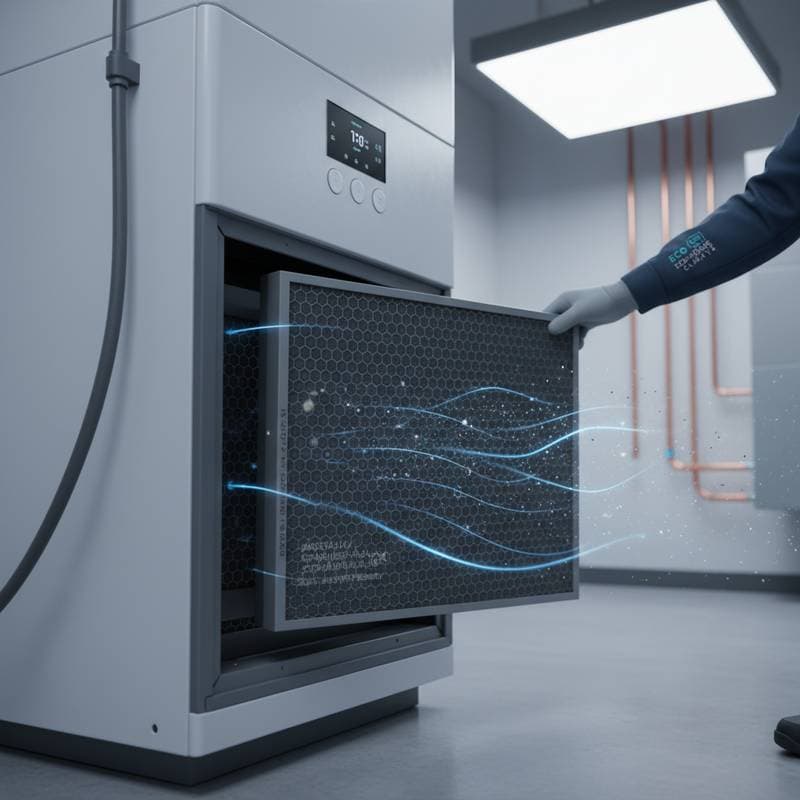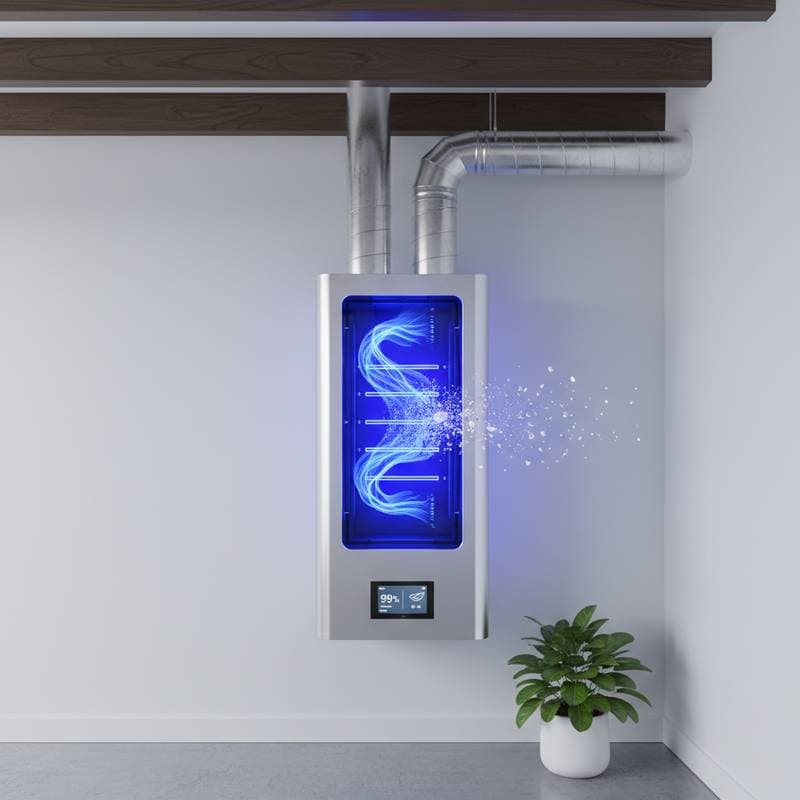12 States Mandate IAQ Monitors: Essential Insights for Homeowners
The Rise of Mandatory Indoor Air Quality Monitoring
Twelve states have implemented requirements for indoor air quality (IAQ) monitors in various settings, including schools, public buildings, and select residential projects. These monitors measure pollutants, humidity levels, and carbon dioxide concentrations to promote safer indoor spaces. For homeowners, this development marks a pivotal evolution in residential standards, as similar regulations increasingly influence private homes equipped with advanced heating, ventilation, and air conditioning (HVAC) systems.
This guide details the implications of these IAQ standards, explains the functionality of monitoring devices, and outlines practical measures for compliance and enhanced indoor health.
Understanding IAQ Monitors and Their Purpose
IAQ monitors consist of sensors designed to assess indoor air conditions on an ongoing basis. They identify contaminants like volatile organic compounds (VOCs), carbon dioxide, particulate matter, and fluctuations in humidity or temperature. Early detection allows for timely interventions, such as increased ventilation or improved filtration, to restore optimal air quality.
State regulations mandating these devices seek to mitigate health concerns associated with substandard air, such as respiratory issues, headaches, and general fatigue. Many requirements align with revised building codes or educational health protocols that prioritize reliable ventilation.
Implications of State IAQ Mandates for Residential Properties
Although existing mandates primarily target commercial and institutional facilities, residential sectors face impending changes. Emerging guidelines are shaping home construction codes, property evaluations, and HVAC efficiency criteria.
Specific Impacts on Homeowners
- New builds must incorporate IAQ sensors within HVAC frameworks to meet approval thresholds.
- Property valuations may incorporate air quality metrics and ventilation efficacy during assessments.
- Eligibility for energy rebates or sustainable certifications often demands verification of air quality performance.
Proactive installation of IAQ monitors positions homeowners to anticipate code revisions while elevating overall living conditions.
Selecting the Right IAQ Monitor: Options and Capabilities
Homeowners benefit from a range of IAQ monitors tailored to different needs and budgets. The following table summarizes common types, costs, and features.
| Type | Average Cost | Key Features |
|---|---|---|
| Basic CO2 Monitor | $100 – $250 | Monitors carbon dioxide levels and temperature variations |
| VOC and Particulate Sensor | $200 – $600 | Identifies chemical vapors and airborne particles like dust |
| Smart IAQ System | $500 – $1,200 | Connects to HVAC for automated adjustments; delivers app-based real-time alerts |
| Commercial-Grade Monitor | $1,000 – $3,000 | Supports multi-area surveillance, data storage, and regulatory report generation |
Integrated smart systems prove particularly valuable, as they link directly to HVAC controls and activate responses when air quality thresholds decline.
Core Standards Guiding IAQ Monitoring and Ventilation
Most states draw from ASHRAE Standard 62.1 or comparable frameworks to establish IAQ benchmarks. These standards specify tolerable pollutant concentrations and required rates of fresh air circulation. Monitors must often log data continuously and issue notifications upon threshold breaches.
In homes, achieving compliance involves sustaining appropriate ventilation volumes and humidity balances. Periodic HVAC servicing and duct evaluations ensure sensor precision and system reliability.
Frequently Asked Questions on IAQ Monitoring
How often should IAQ monitors undergo calibration?
Annual calibration maintains measurement accuracy. Advanced smart units feature automated self-adjustment mechanisms to refine sensor performance periodically.
Do IAQ monitors integrate with HVAC systems?
Yes, many models connect seamlessly to HVAC setups, enabling automatic ventilation enhancements based on detected air quality shifts.
What health and financial advantages come from IAQ monitors?
Regular monitoring alleviates allergy responses and breathing difficulties. It optimizes energy use by activating ventilation selectively, thereby reducing electricity expenses.
Steps to Enhance and Sustain Indoor Air Quality
With IAQ requirements expanding nationwide, early adoption of robust monitors and ventilation improvements equips homeowners for regulatory shifts. Schedule routine HVAC assessments with certified professionals, integrate intelligent monitoring solutions, and prioritize maintenance protocols. These actions not only ensure compliance but also foster healthier environments, greater comfort, and long-term cost savings.





